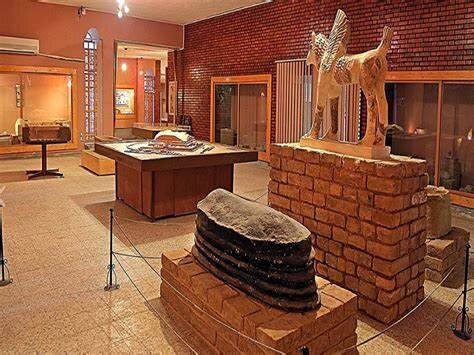Haft-Tappeh and Tchogha Zanbil named best museum of the year

TEHRAN – Haft-Tappeh and Tchogha Zanbil Museum, which largely showcases Elamite relics and monuments, has been selected as the best museum of the year.
The museum received the honor for the third year in a row based on the four indicators of maintenance and protection, introduction, education, and research, IRNA reported on Wednesday.
The announcement was made during a special Tehran ceremony on Tuesday concurrent with International Museum Day.
Haft-Tappeh (literary meaning “Seven Mounds”) is located 15 kilometers to the south of the ancient city of Susa, itself a highly significant archeological site in southwest Iran.
Early excavations in Haft-Tappeh conducted by the late Iranian archaeologist Dr. Ezzatollah Negahban yielded a large number of petroglyphs bearing cuneiform inscriptions in Akkadian, belonging to Elamite kings. The petroglyphs contain information on the religious beliefs, trading methods, and the political, cultural, and social relations of the time.
A topmost tourist destination in Khuzestan province, the magnificent ruins of Tchogha Zanbil (Choghazanbil) is considered by many the finest surviving example of Elamite architecture in the globe. It was made a UNESCO site in 1979. Its construction started in c. 1250 BC upon the order of the Elamite king Untash-Napirisha (1275-1240 BC) as the religious center of Elam dedicated to the Elamite divinities Inshushinak and Napirisha.
UNESCO says that Tchogha Zanbil is the largest ziggurat outside of Mesopotamia and the best preserved of this type of stepped pyramidal monument. Tchogha Zanbil was excavated in six seasons between 1951 and 1961 by Roman Ghirshman, a Russian-born French archeologist who specialized in ancient Iran.
AFM
Leave a Comment